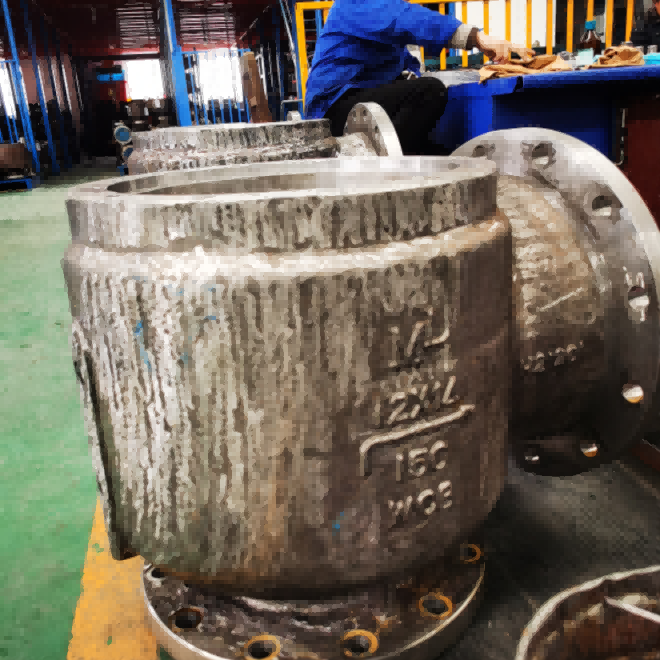basınç güvenlik vanası boyutlandırması
Basınç emniyet vanası boyutlandırması, endüstriyel sistemlerdeki emniyet relief cihazlarının doğru seçimi ve boyutlandırılması için kritik bir mühendislik sürecidir. Bu karmaşık süreç, gerekli debi kapasitesinin hesaplanması, optimal vana boyutlarının belirlenmesi ve çeşitli çalışma koşullarında sistem bütünlüğünü korumak için uygun malzemelerin seçilmesini kapsar. Boyutlandırma metodolojisi, maksimum izin verilen çalışma basıncı, ayar basıncı, izin verilen aşırı basınç ve gerekli debi kapasitesi dahil olmak üzere birçok faktörü dikkate alır. Mühendisler, doğru boyutlandırmayı sağlamak için akışkan özelliklerini, sıcaklık koşullarını ve back pressure etkilerini göz önünde bulundurmalıdır. Süreç, ASME ve API gibi kuruluşlar tarafından belirlenen özel hesaplamalar ve standartları kullanarak güvenlik yönetmeliklerine uygunluğun sağlanmasını garanti altına alır. Modern basınç emniyet vanası boyutlandırması, kompleks senaryolar için hassas hesaplamalar yapabilen gelişmiş bilgisayar araçları ve yazılımları kullanmaktadır. Bu araçlar, akışkan sıkıştırılabilirliği, viskozite ve kritik akış koşulları gibi faktörleri göz önünde bulundurur. Uygulamaları, operasyonel güvenlik ve verimlilik için hassas basınç kontrolünün hayati öneme sahip olduğu, petrol ve gaz, kimya sektörü, enerji üretimi ve ilaç sanayii gibi çeşitli endüstrilerde yer alır. Boyutlandırma süreci aynı zamanda çevre koşulları, bakım gereksinimleri ve uzun vadeli güvenilirliği de hesaba katarak vana performansının kullanım ömrü boyunca optimal olmasını sağlar.

